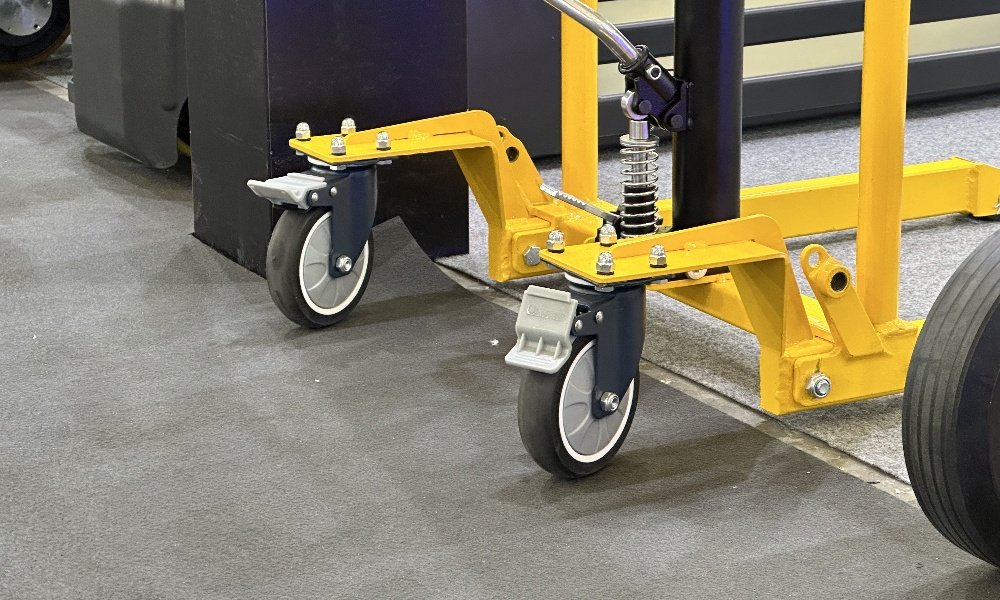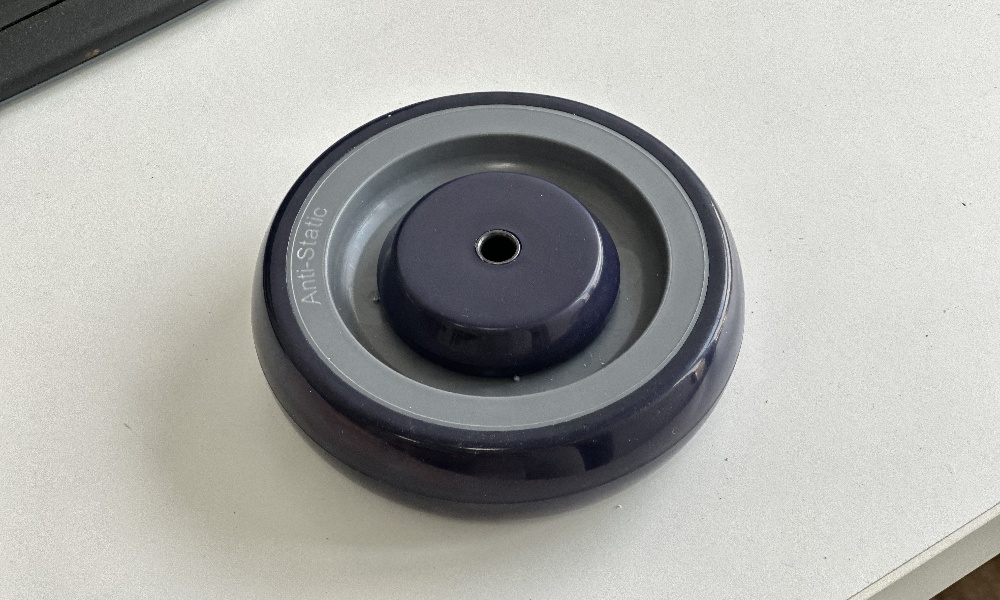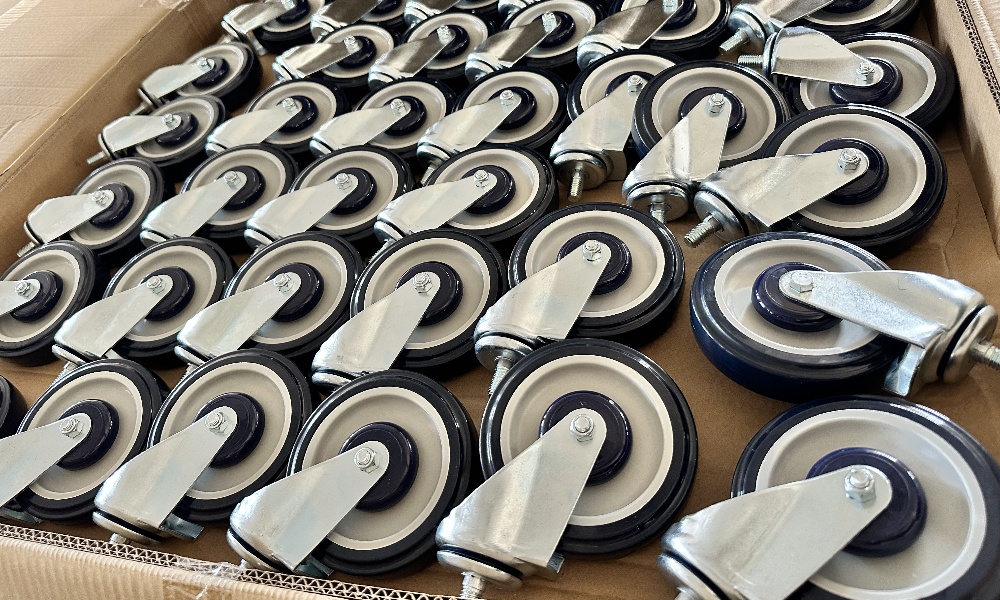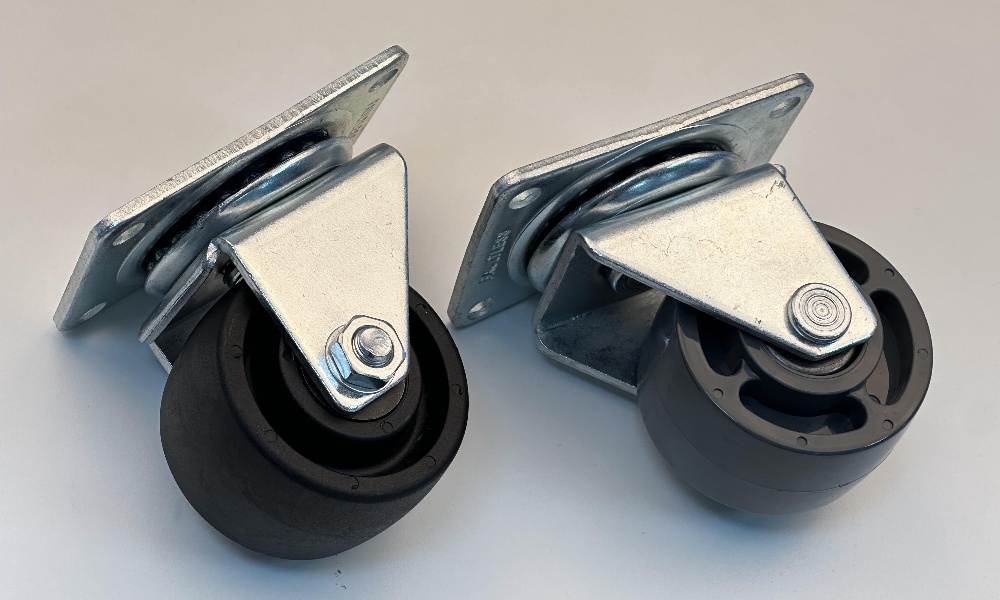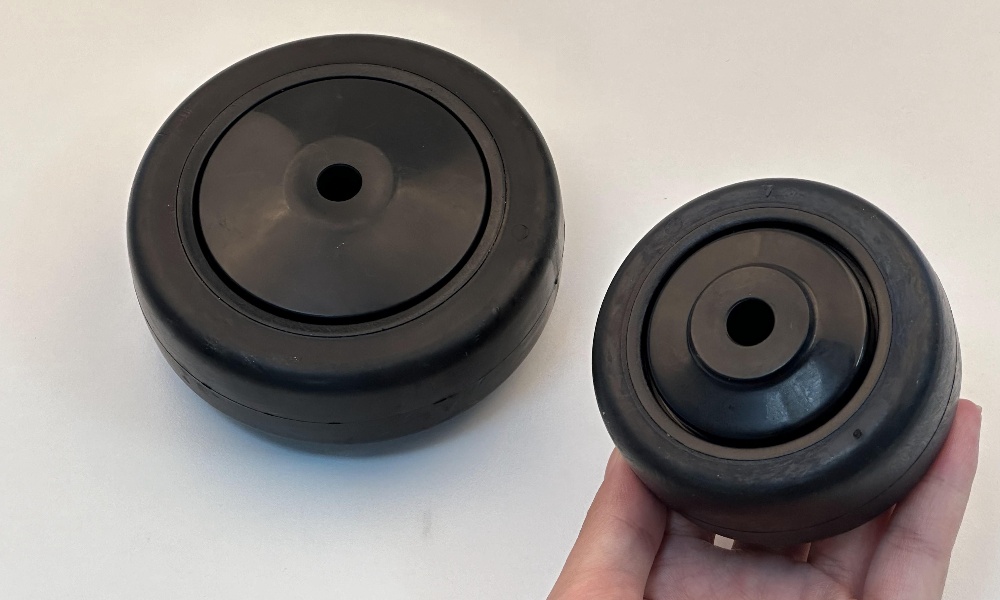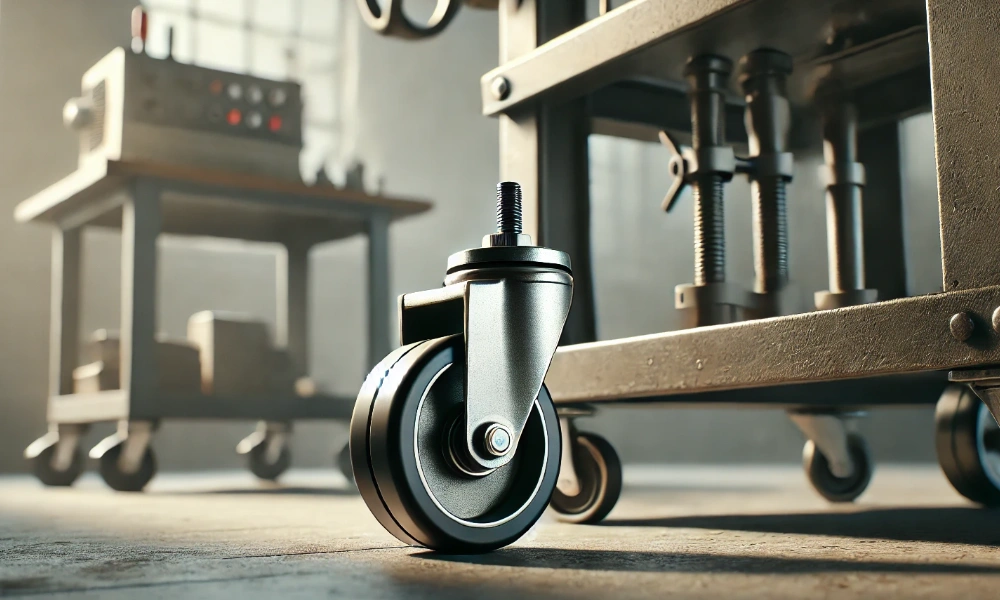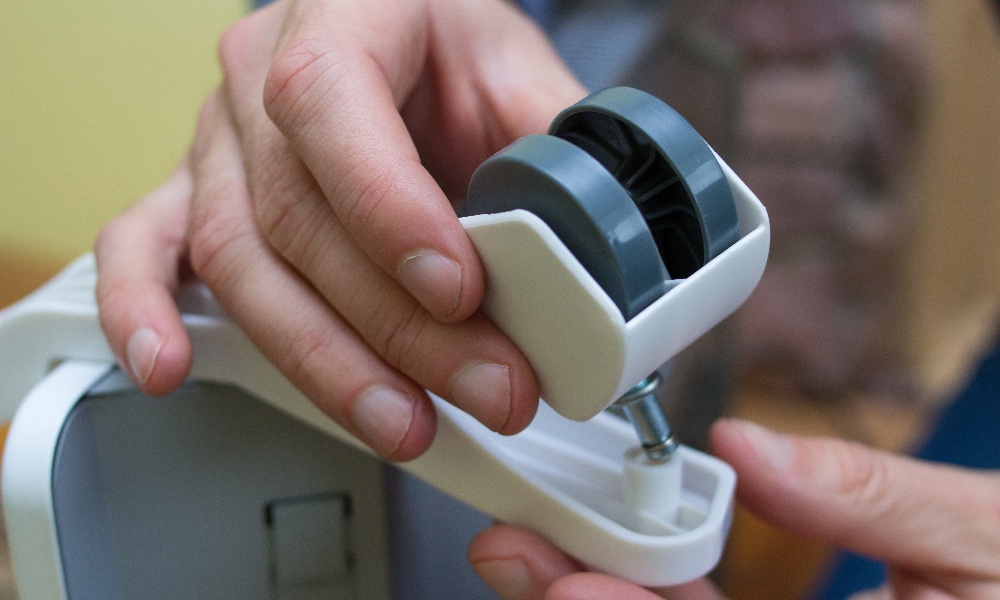Caster Wheels: Direction, Replacement, and Performance
Castor wheels are widely used in homes, offices, and industrial environments, offering mobility and convenience in a variety of applications. This article explores whether castor wheels are omni-directional, how to replace them on an office chair, and dives deeper into the advantages and disadvantages of cast wheels.
Is a Castor Wheel Omni-Directional?
A castor wheel can be either omni-directional or uni-directional, depending on its design.
-
Swivel Castors
These are omni-directional, meaning they can rotate 360 degrees. This allows furniture or equipment to move in any direction, making them ideal for office chairs, hospital beds, and shopping carts.
-
Rigid (Fixed) Castors
These can only roll forward and backward. They offer greater stability but limited maneuverability.
So, not all castor wheels are omni-directional by default, but swivel castors, which are the most commonly used type in office chairs and trolleys, definitely are.
How to Replace Office Chair Casters
Replacing the casters on your office chair is a simple process that can extend the life of your chair or upgrade its performance. Here’s a step-by-step guide:
Tools You’ll Need:
Flathead screwdriver (optional)
New casters (make sure they are the right size and stem type)
Steps:
- Flip the Chair Over
Lay the chair on its side so you can access the base easily. - Remove Old Casters
Grip one caster and pull it straight out. If it’s stuck, use a flathead screwdriver to gently pry it out. - Clean the Socket (Optional)
Remove any debris or dust in the socket to ensure a smooth fit for the new casters. - Insert New Casters
Line up the metal stem of the new caster with the socket and push firmly until it clicks into place. - Test the Chair
Stand the chair upright and roll it around to make sure all casters are securely installed.
Pro Tip:
If you’re upgrading, consider rollerblade-style casters for quieter movement and better protection for hardwood floors.
What Are the Pros and Cons of Cast Wheels?
Cast wheels—typically made from materials like cast iron or cast steel—are used in industrial environments where strength, durability, and load capacity are essential. Here’s a detailed breakdown of their advantages and disadvantages:
✅ Pros:
High Load Capacity
Cast wheels can handle extremely heavy loads without deforming. They are ideal for manufacturing, warehouse, and construction environments.
Exceptional Durability
Cast iron and steel are very resistant to wear, chemicals, and high temperatures, giving them a long service life.
Impact Resistance
These wheels can withstand rough surfaces, debris, and mechanical shocks better than plastic or rubber wheels.
Low Maintenance
Once installed, cast wheels require minimal upkeep, especially when used on clean, even floors.
Stable Movement
Because they don’t flex under load, cast wheels offer solid, predictable rolling performance, especially under heavy machinery.
❌ Cons:
Noisy Operation
Hard metal-on-floor contact creates loud noise, especially on concrete or tile surfaces. Not suitable for noise-sensitive environments.
Floor Damage
Without protective tread or cushioning, cast wheels can scratch or damage floors, especially softer surfaces like hardwood or vinyl.
Lack of Shock Absorption
Since they don’t compress, they don’t absorb vibrations or shocks, which could transfer impact to the equipment or operator.
Heavier Weight
Cast wheels themselves are heavier than rubber or nylon alternatives, which may be a factor in lightweight applications.
Rust Potential
Unless treated or made of stainless steel, cast iron can rust over time in humid or wet environments.
Conclusion
From their directional capabilities to their industrial-grade strength, castor and cast wheels offer a variety of functions tailored to specific needs. Swivel castors provide omni-directional movement, office chair casters are easy to replace with a few tools, and cast wheels offer unmatched strength at the cost of noise and floor safety. By understanding their features and trade-offs, you can choose the right wheel for the job—whether it’s in an office, a warehouse, or a factory floor.


